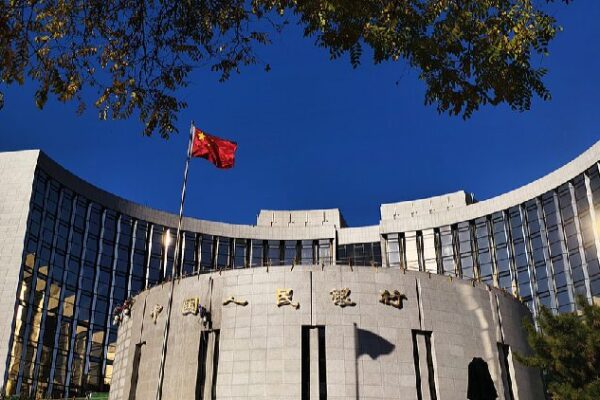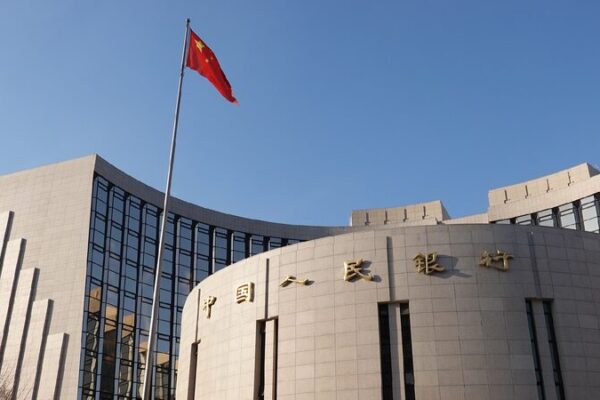India’s central bank has announced a 25 basis point cut in its key lending rate, marking the first reduction since May 2020. The Reserve Bank of India’s (RBI) monetary policy committee revised the policy repo rate from 6.5 percent to 6.25 percent in an effort to stimulate economic growth.
The decision comes amid weaker-than-expected GDP growth, which stood at 5.4 percent for the July-September quarter. With the next GDP figures set to be released later this month, the RBI aims to support the economy and address the challenges posed by global financial volatility and uncertainties in trade policies.
In a statement following the monetary policy review, newly instated RBI Governor Sanjay Malhotra highlighted that the current growth-inflation dynamics have provided policy space for the central bank to support growth. “Excessive volatility in global financial markets and continued uncertainties about global trade policies coupled with adverse weather events pose risks to the growth and inflation outlook,” Malhotra said.
The RBI maintained its growth estimate for the current year at 6.4 percent and projected real GDP growth for the next year at 6.7 percent. Headline inflation stands at 5.2 percent, with inflation for the financial year 2025-26 projected at 4.2 percent.
Malhotra expressed optimism about a recovery in the manufacturing sector and urban demand. He also cited the significant income tax relief proposed by the Indian government in last week’s annual budget announcement as a positive factor for growth.
Economists and banks responded positively to the rate cut. Sakshi Gupta, principal economist at HDFC Bank, stated that the reduction “avoids the risk of falling further behind the curve and buys some growth insurance in a hugely uncertain and volatile global environment.” Upasna Bhardwaj, chief economist at Kotak Mahindra Bank, noted that the RBI’s move was in line with expectations and emphasized the need for close monitoring of liquidity conditions.
Despite the policy announcement, India’s benchmark indexes Sensex and Nifty ended the day trading marginally lower, as markets had already anticipated the rate cut. Bank stocks remained steady since the RBI’s announcement did not include liquidity easing measures.
The rate cut is one of several key developments this month that could influence India’s economic trajectory. The union budget and RBI policy review are being followed by significant political events, including the results of recent elections in the capital, Delhi. The ruling coalition hopes to unseat the regional incumbent, which could have implications for economic policies.
Following the election results, Prime Minister Narendra Modi is scheduled to travel to Washington, DC, to meet with the U.S. President. New Delhi is aiming to navigate global trade policies and maintain strong international relationships.
Reference(s):
India's RBI announces first rate cut since 2020 amid slowing growth
cgtn.com








